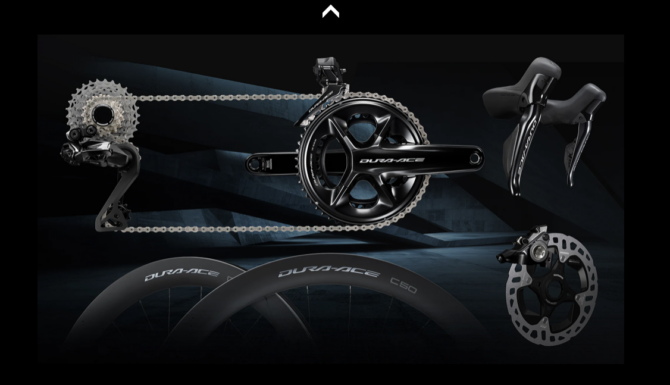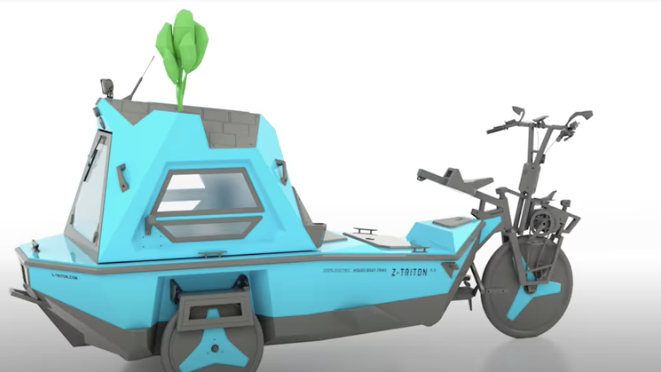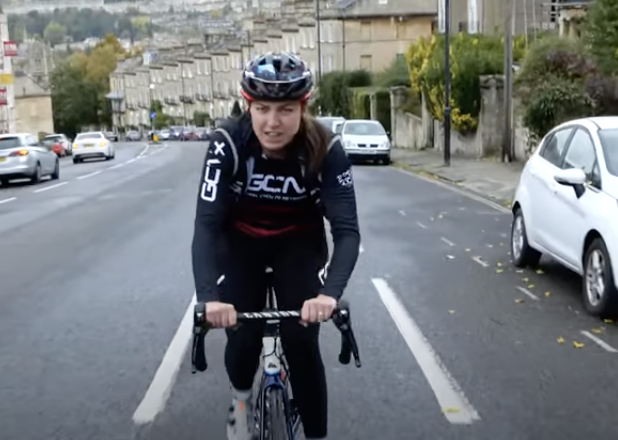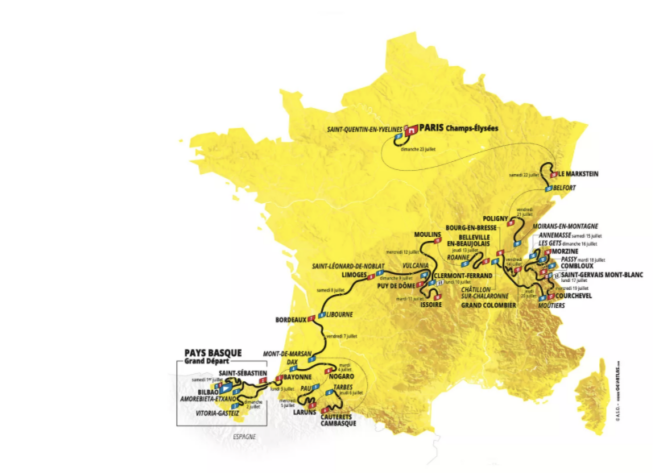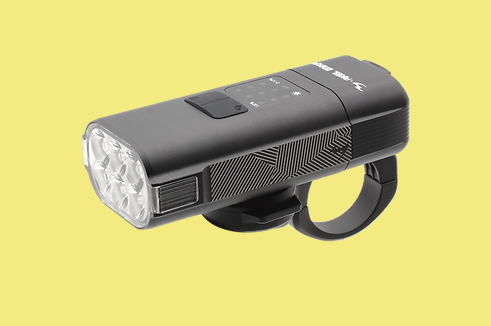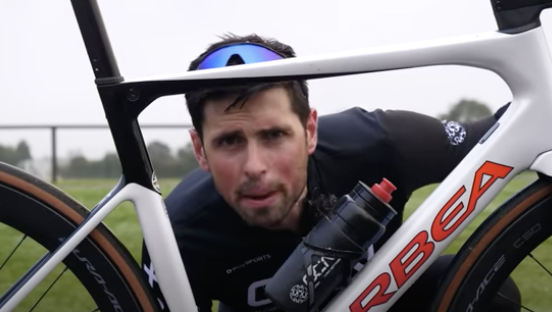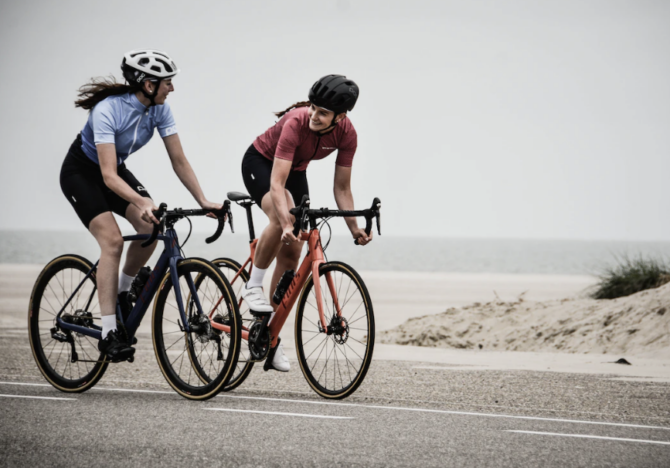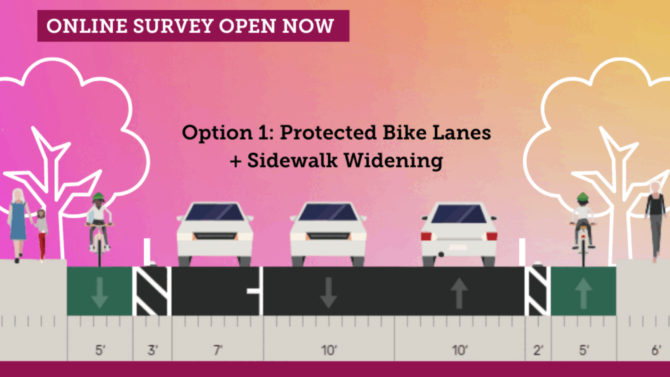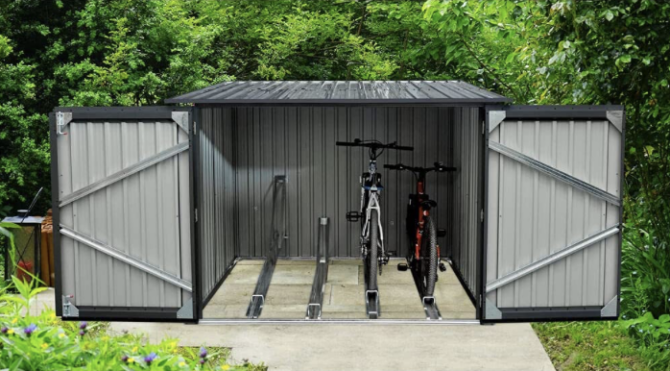From Road.cc
Shimano’s net sales increased 20.6% from the previous year, while its analysis reported high-end bikes are still in short supply and entry-level ones are now plentiful…
by JACK SEXTY
Shimano, the world’s biggest manufacturer of bicycle components, has reported its summary of financial results for its first nine months of trading in 2022. The Japanese corporation saw a healthy increased sales in 2022 compared to the previous year, yet commented that demand for bicycles (and fishing tackles) “…remained firm, although showing signs of cooling down.”
The last time we did a deeper dive into the chronic shortages and supply chain issues the bike industry was experiencing back in January, a global container shortage crisis and China’s port lockdowns still dominated the conversation; and while China’s zero-Covid policy is still affecting production, Shimano said: “During the first nine months of fiscal year 2022, the pace of global economic recovery slowed primarily because prices soared due to resource and energy supply constraints and rising resource prices caused by the situation in Ukraine, and central banks in various countries took steps to raise interest rates sharply to curb accelerating inflation.”
Shimano reports that “a solid employment environment and rising wages continued to fuel steady personal consumption” in the US despite inflation, and that the lifting of Covid restrictions in Japan led to increased personal spending.
> Your complete guide to Shimano groupsets
Although the financial figures are not broken down by area, Shimano says it is Europe where “consumer sentiment deteriorated due to high inflation and concerns about energy supply, while monetary tightening aimed at curbing inflation increased fears of a recession.”
Image courtesy of Shimano

